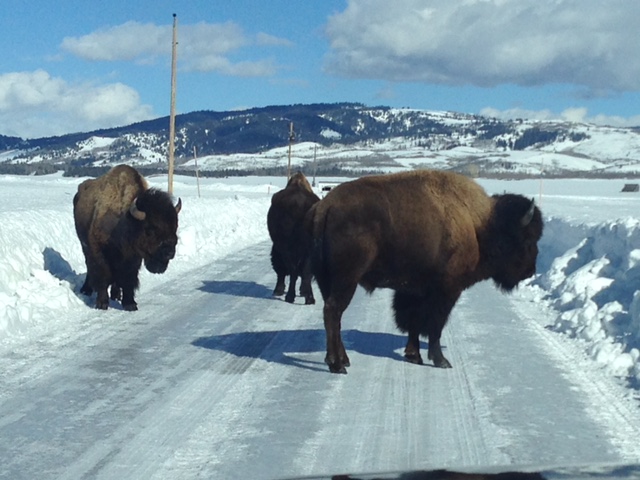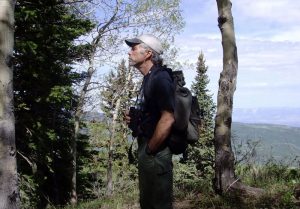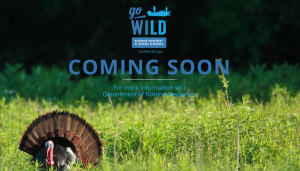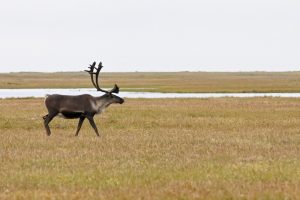With an estimated population of approximately 670, the Jackson bison herd that resides in Grant Teton National Park, Bridger-Teton Nationa Forest, and National Elk Refuge has been a cause for concern with heavy snowfall in the area this winter.
As snow accumulates, bison and other large mammals move to lower elevations to find food and have recently been congregating on and around U.S. Highway 89 between Moose and Moran Junction. As roadways are plowed, America’s largest land mammals are traveling roadways, wreaking havoc with motorists passing through.
“It is imperative that motorists traveling Highway 89 between Moose and Moran Junction remain alert and slow down due to migrating bison in and along the roadway,” Grand Teton National Park Superintendent David Vela said.
This past Saturday, a bull bison was killed just north of Deadman’s Bar, a death park rangers believe was caused by a collision with a semi-truck. In January, another bison was hit by a vehicle in the area, although the animal was never recovered.
Last year cars and trucks killed five bison in the area and with two already on the books for 2017, park officials are urging drivers to slow down and be aware of the animals near the roadway. With male bison weighing upwards of 2,000 pounds, the concern for human safety is extremely high as well.
In an effort to help move the bison away from busy roadways, park crews plowed a side road that otherwise would not have been cleared during the winter months. The hope is to move the animals to a plowed area without any vehicle traffic to mitigate the risk of vehicle and animal collisions.
Any collision with wildlife must be reported as soon as possible to Teton Interagency Dispatch Center and park officials are reminding visitors to maintain a safe distance when viewing bison, 25 yards at a minimum. The safe viewing distance for bears and wolves is 100 yards, while all other wildlife should be given at least 25 yards of space.
Additionally, officials are asking the public to use a pullout or parking lot to view wildlife, and use binoculars and telephoto lens. Park rangers are also reminding the public that it is important to not disturb or create an excess depletion of an animal’s energy during the winter.




